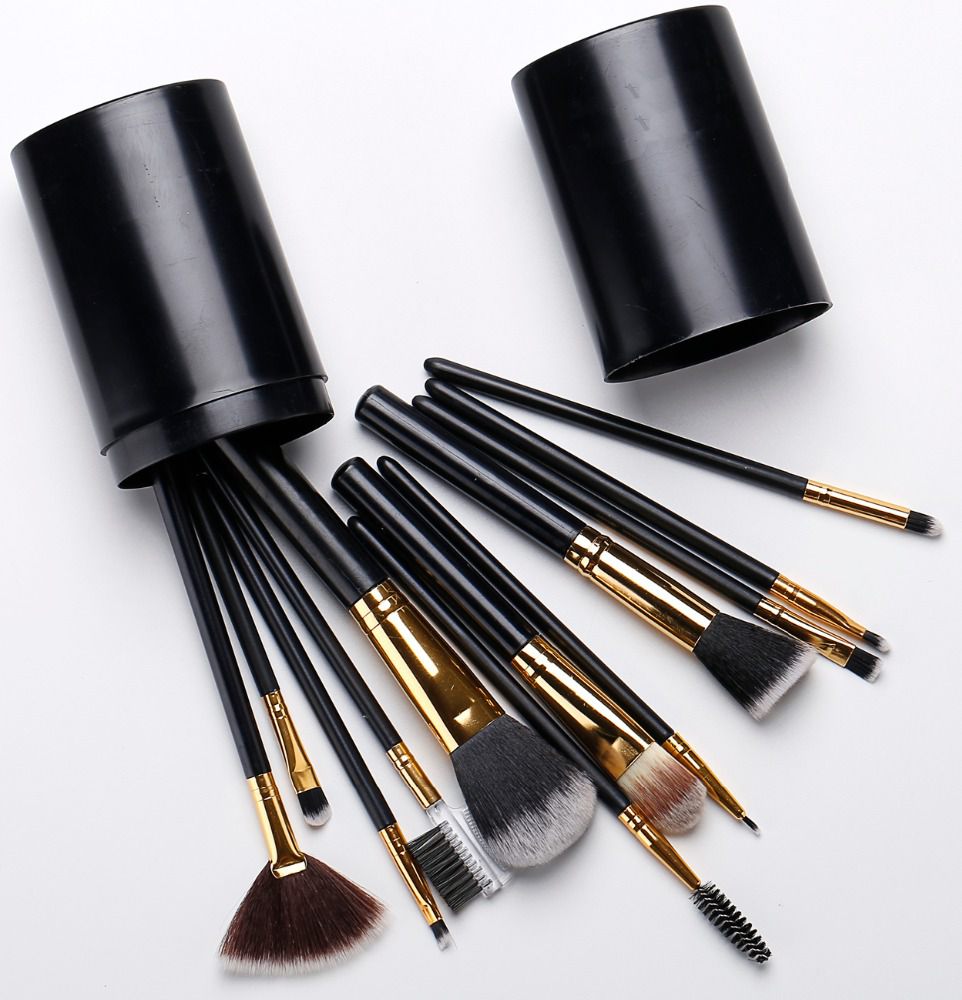Industry news
Eco-Conscious Consumers Drive Shift to Recyclable Brush Handles and Sustainable Bristles
- 896 Views
- 2025-08-10 01:30:53
Eco-Conscious Consumers Fuel Demand for Recyclable Brush Handles and Sustainable Bristles in Beauty
In an era where environmental responsibility has moved from niche concern to mainstream priority, eco-conscious consumers are reshaping industries—including beauty. Makeup brushes, once overlooked for their environmental impact, are now under scrutiny, with demand surging for products featuring recyclable handles and sustainable bristles. This shift isn’t just a trend; it’s a response to growing awareness of plastic waste, carbon footprints, and the role daily beauty tools play in global sustainability.

The Driving Force: Consumer Demand Meets Global Pressures

Today’s consumers, particularly Gen Z and millennials, are no longer passive buyers. A 2023 Nielsen report found 73% of global consumers are willing to pay more for products with sustainable packaging or materials, and beauty is no exception. Social media campaigns highlighting “zero-waste beauty routines” and documentaries exposing美妆 packaging waste have educated shoppers to ask: What’s in my makeup brush, and where does it end up?
Regulatory pressures amplify this demand. The EU’s Plastic Strategy and California’s ban on single-use plastics have pushed brands to rethink non-recyclable components. Meanwhile, brands themselves are racing to differentiate—sustainability has become a key competitive edge, with 62% of beauty executives citing “environmental responsibility” as a top growth driver (Euromonitor, 2024).
Recyclable Brush Handles: From Waste to Resource
Traditional brush handles, often made from virgin plastic or non-recyclable composites, contribute to landfill accumulation. Now, manufacturers are turning to innovative, circular materials:
- Recycled Plastics: Post-consumer recycled (PCR) plastic, sourced from water bottles or packaging waste, is gaining traction. Brands like EcoTools use PCR plastic for handles, reducing reliance on virgin materials by up to 80% and cutting carbon emissions by 35% compared to traditional plastic (their 2023 sustainability report).
- Bamboo & Wood: Fast-growing, biodegradable, and renewable, bamboo handles are a favorite for their natural aesthetic and low environmental impact. Bamboo requires no pesticides, absorbs 5x more carbon than equivalent trees, and can decompose in soil within 2–3 years.
- Recycled Aluminum: Lightweight and infinitely recyclable, recycled aluminum handles offer durability with minimal energy use—recycling aluminum uses 95% less energy than producing it from raw ore (EPA data).
These materials aren’t just eco-friendly; they’re functional. Recycled plastic handles maintain strength, bamboo adds a premium feel, and aluminum resists corrosion, proving sustainability doesn’t require sacrificing quality.
Sustainable Bristles: Rethinking “Softness” with Green Materials
Bristles, the core of a makeup brush’s performance, have long relied on synthetic nylon (derived from petroleum) or non-sustainable natural fibers. Today, innovation is focused on low-impact alternatives:
- Plant-Based Synthetics: Biodegradable bristles made from corn starch, castor oil, or soy protein are emerging. For example, BASF’s Ecovio® bristles break down in industrial composting facilities within 180 days while matching nylon’s softness and抓粉力 (powder pickup).
- Recycled Nylon: Brands like Real Techniques now use ECONYL®—nylon regenerated from fishing nets and ocean plastic. Each kilogram of ECONYL® saves 7 barrels of oil and reduces CO2 emissions by 90% compared to virgin nylon.
- Natural Fibers, Responsibly Sourced: Animal hair (like goat or squirrel) is being replaced with ethically harvested plant fibers, such as bamboo silk or coconut husk, which are cruelty-free and biodegradable.
The challenge? Ensuring these materials perform. Early plant-based bristles sometimes lacked durability, but advances in polymer science have closed the gap. A 2024 consumer test by Beauty Packaging found 85% of users couldn’t distinguish between recycled nylon and virgin nylon bristles in terms of softness.
Challenges and Opportunities Ahead
While momentum is strong, hurdles remain. Sustainable materials often cost 10–15% more than traditional options, requiring brands to balance pricing and margins. Consumer education is another barrier—many shoppers still associate “eco-friendly” with lower quality, a perception brands are combating through transparency (e.g., QR codes linking to material sourcing stories).
Yet, the long-term opportunity is clear. Brands that invest in recyclable handles and sustainable bristles are capturing loyal, eco-conscious audiences. A 2023 survey by Mintel found that sustainable beauty brands grew 22% YoY, outpacing the overall beauty market











